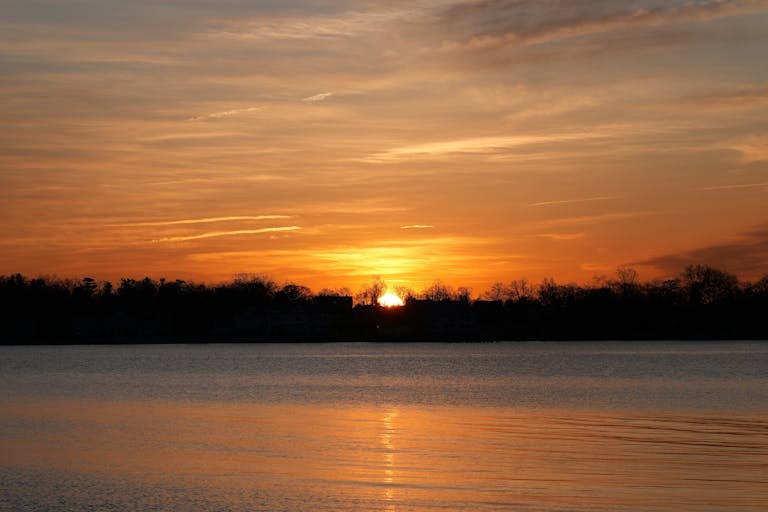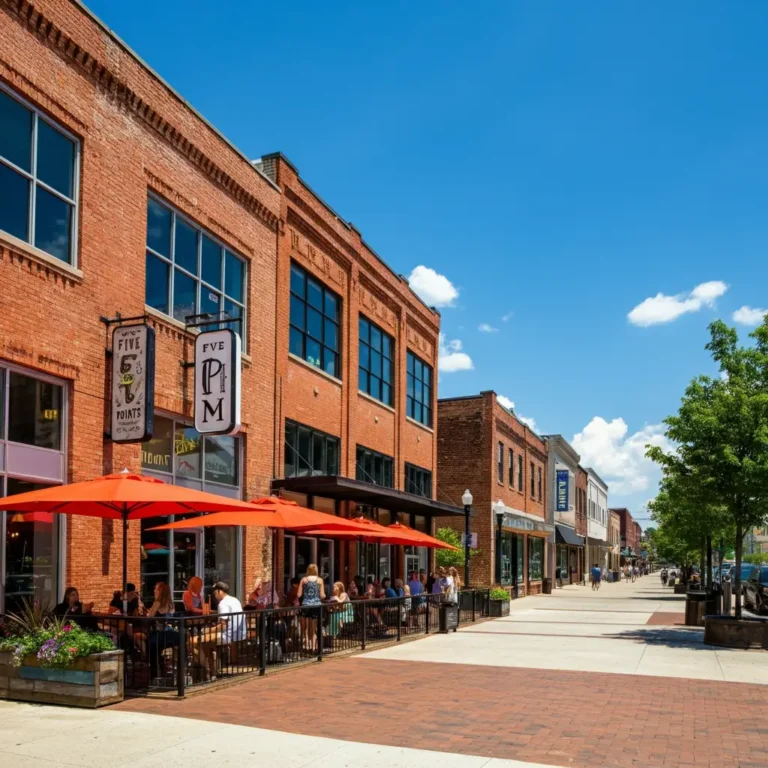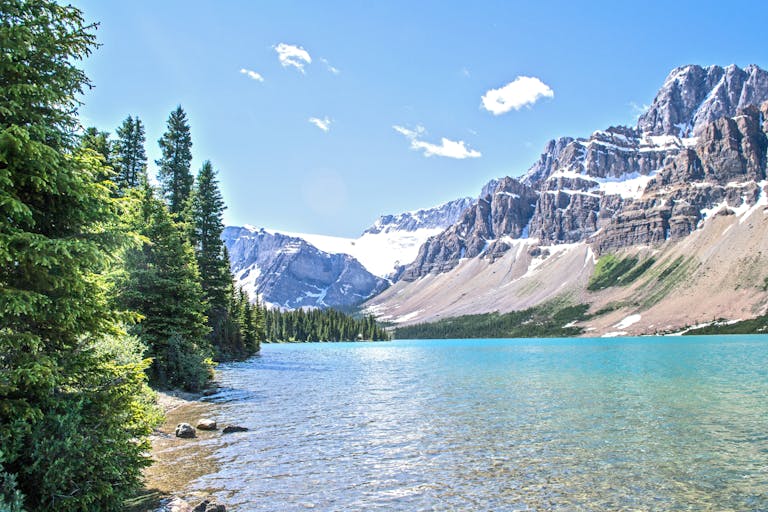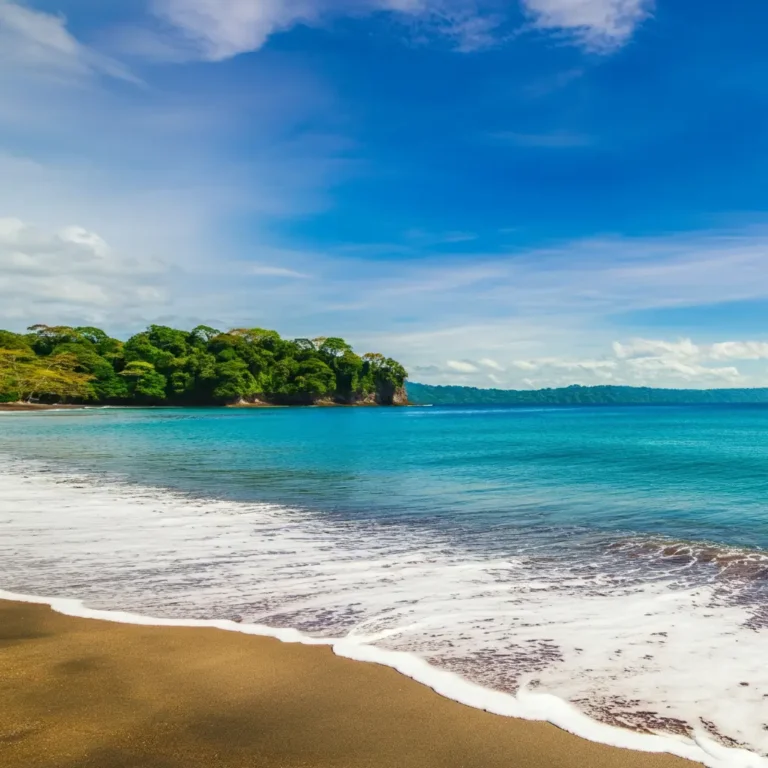Europe vs USA Travel Styles: How Destinations Shape Your Experience
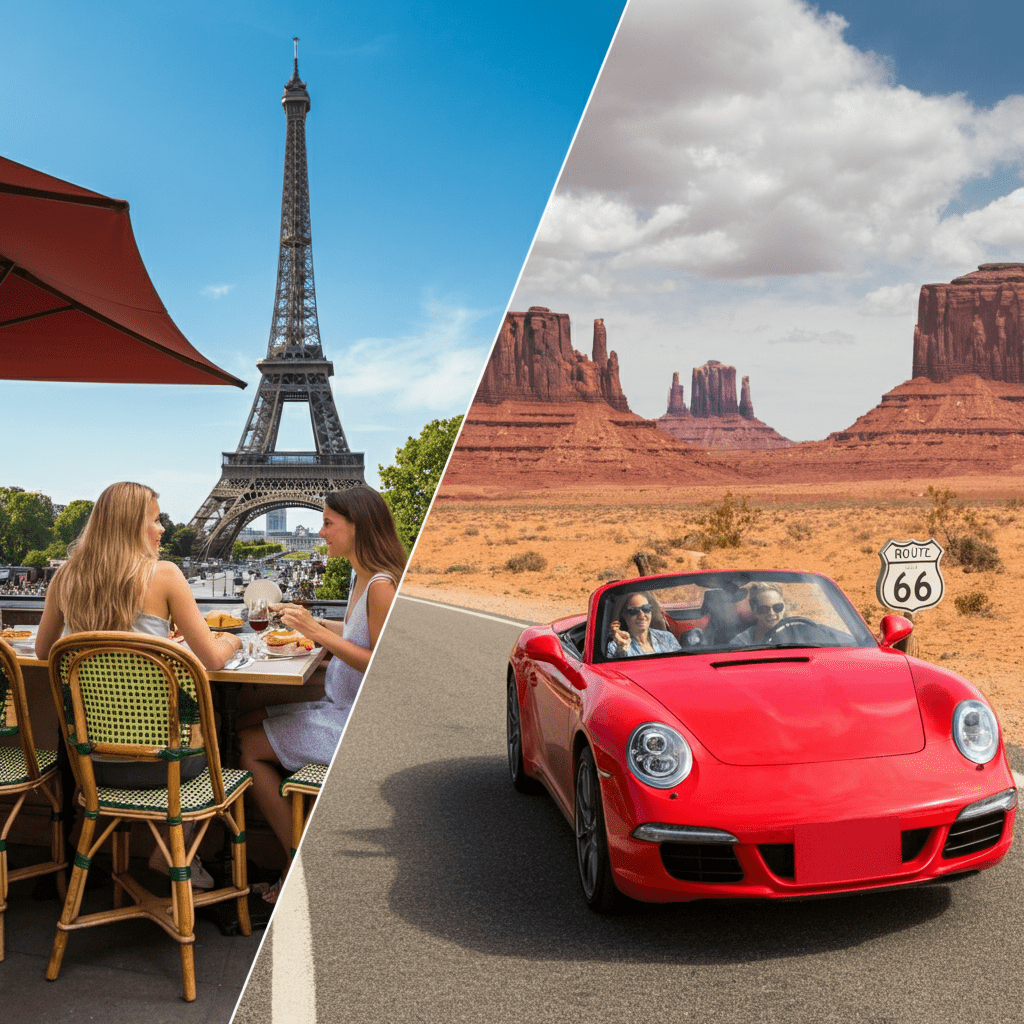
Traveling can be one of the most enriching experiences of your life, but have you ever noticed how much the destination itself influences your style of travel? A vacation in Europe differs drastically from a trip through the USA, not just because of geography but because of the distinct cultures, traditions, and habits that shape how people approach exploring these regions. Whether you’re sipping coffee at a quaint café in Paris or cruising down Route 66 in a convertible, the cultural backdrop of these destinations leaves a lasting mark on your travel experience.
In this blog, we’ll uncover the fascinating ways your travel style transforms depending on whether you roam across Europe or the USA. From cultural habits to transportation and iconic attractions, we’ll explore how these destinations shape your adventure in unforgettable ways.
Exploring the Cultural Roots of Travel Styles
What sets European travel apart from American travel? It often starts with the distinct cultural environment. Imagine this scenario: A couple strolls through Florence’s art-filled streets, marveling at the Renaissance beauty surrounding them, while another group climbs the rocky trails of Grand Teton National Park in the US, eager to soak in nature’s grandeur. These different ways of enjoying a vacation reflect not just regional attractions but also the deeply ingrained cultural preferences that influence travel styles.
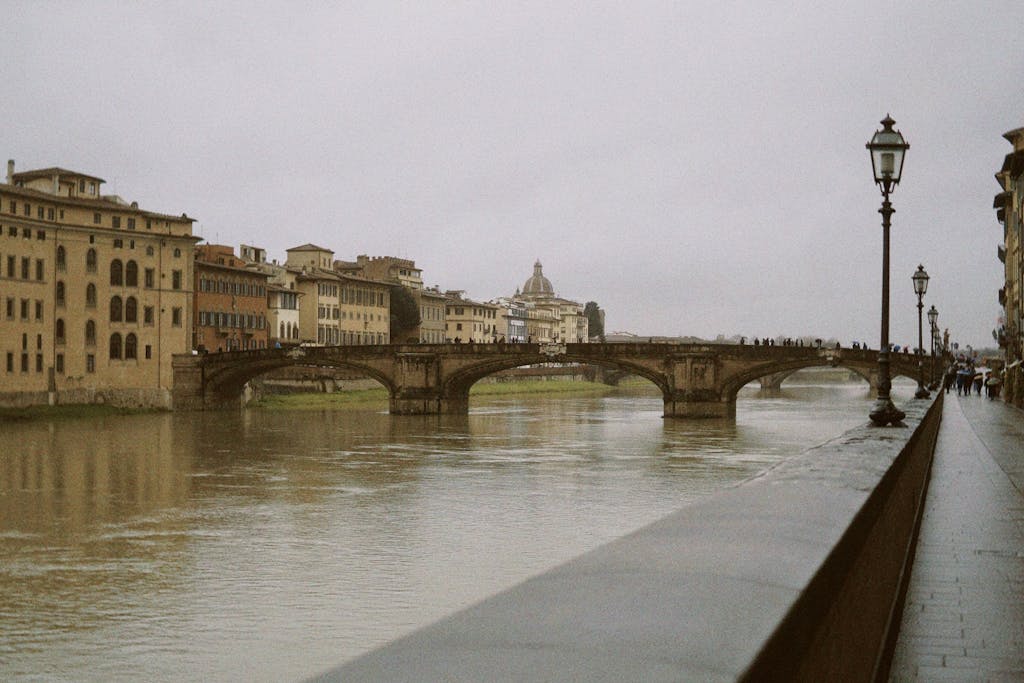
European Travel vs American Travel Habits
European travel culture leans towards slow exploration, rich history, and a keen eye for the arts. Travelers often dedicate time to absorbing the charm of small towns, enjoying slow meals at local restaurants, and immersing themselves in centuries-old traditions. Picture yourself standing in a medieval piazza, where cobblestone streets whisper tales of the past. For inspiration on how to make the most of your European travels, check out The Best Places to Spend 3 Months in Europe for extended trips filled with charm and discovery.
On the flip side, American travel habits can often be action-packed and goal-oriented. Whether it’s ticking off iconic landmarks from a bucket list or embarking on a weekend road trip, the approach is rooted in maximizing experiences in limited time. Whether you’re visiting Disney World or trekking the rugged terrains of Yellowstone National Park, there’s a sense of “go big or go home” in the way Americans explore. If weekend escapes are your thing, Pack Your Bags: The Best USA Weekend Getaways for Every Type of Traveler is a must-read.
Transportation Differences in Europe and the USA
Transportation plays a pivotal role in shaping how you experience a destination. Europe, with its reliable and efficient system of trains, buses, and trams, makes it easy to travel from one city or country to the next. Planning a weekend trip from Paris to Amsterdam? Hop on a high-speed train, and you’ll arrive in just a few hours. The interconnectedness of European cities encourages a carefree, multi-destination travel style.
Now think about the USA, where exploring often means hitting the open road. With sprawling highways, car rentals, and nationwide scenic byways, road trips have become synonymous with American travel. For unforgettable road trips, take a look at From Coast to Coast: Discover the Best Road Trips in the USA and plan your next adventure on wheels.
Travel Experiences Shaped by Destinations
It’s not just the logistics that differ; the overall tone of your trip is shaped by the region’s unique character. Europe, with its dense cultural heritage and walkable cities, fosters a deep connection to art, history, and local communities. Iconic landmarks, from the Eiffel Tower to the Colosseum, are steeped in stories that transport you back in time. Be sure to explore 7 Famous Landmarks in Italy You Can’t Miss if you want a glimpse into some of Europe’s most awe-inspiring attractions.
The USA, on the other hand, leans into a grander scale and an openness. Traveling here often means spacious attractions like the Grand Canyon or the bright lights and buzzing streets of New York City. It’s about witnessing the extremes, whether that’s natural wonders, mega-cities, or endless barbecue cookouts in open prairie lands.
European Travelers in the USA
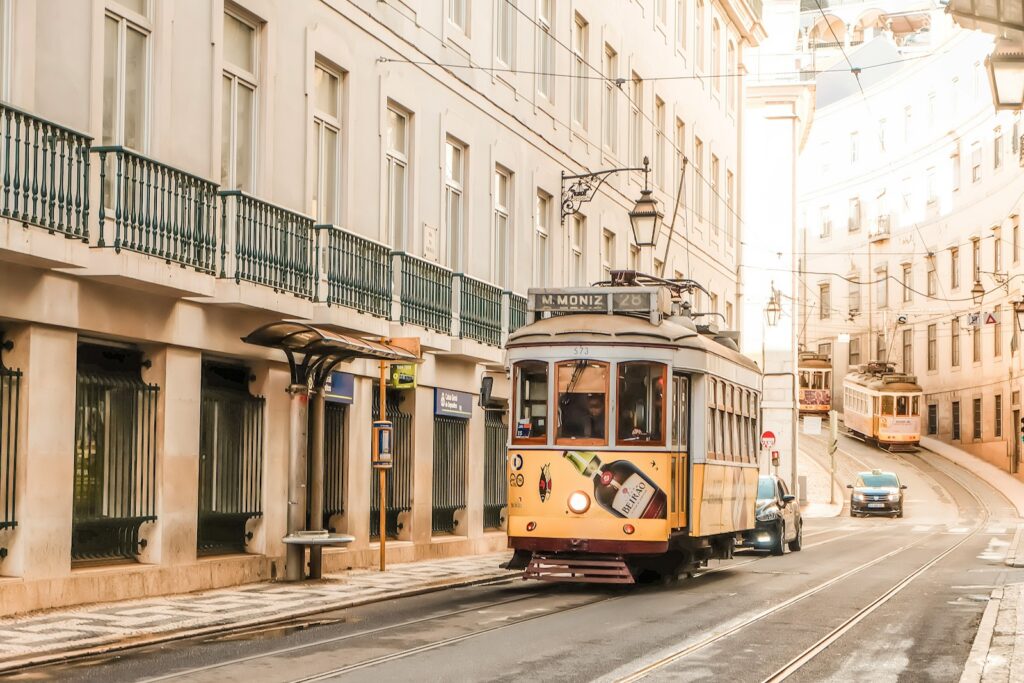
European travelers often find themselves adapting to a fast-paced, expansive way of vacationing when visiting the USA. The portion sizes at restaurants might seem enormous, gas stations double as snack havens for those long road trips, and customer service involving constant tipping can come as a cultural shock. These aspects reflect a level of convenience and hospitality that mirrors the American approach to travel.
Take this example. Julia, hailing from Italy, finds herself at a roadside diner in Texas, amused by the menu filled with larger-than-life portions and a waiter attentively refilling her iced tea every few minutes. Her experience paints a vivid picture of the contrasting cultural norms that shape travel styles.
American Tourists in Europe
American tourists, when visiting Europe, often have a love-hate relationship with the slower pace of life and the immersion into historical settings. Accustomed to convenient amenities and 24-hour services, many are surprised by how stores close early or the emphasis on dining as an experience rather than a quick necessity. Yet it doesn’t take long to adapt!
Consider Ben, an American backpacking through Spain. Initially eager to rush through multiple destinations in a week, he eventually learns to slow down and savor his surroundings. For a guide to make the most of Europe’s surprising cultural quirks, see 7 Things Tourists Do That Annoy Parisians and How to Avoid Them.
Comparing Tourist Attractions in Europe and the USA
How do the attractions themselves shape travel styles? Europe’s allure is in the abundance of history and art on display. Castles, cathedrals, and cobblestone streets highlight the continent’s cultural narrative. Tourists might spend hours walking through galleries, like the Louvre in Paris or the Uffizi in Florence, soaking up creativity that spans centuries. For more hidden gems in European culture, read From Castles to Cafes: The Most Fun Things to Do in Europe.
Meanwhile, USA attractions highlight innovation and natural marvels. Think about Times Square, the hub of modern entertainment, or Yosemite National Park’s towering cliffs, representing untouched wilderness. The sheer size of American tourist destinations plays into travelers’ tendency to approach them with wide-eyed wonder and high-energy exploration.
Travel Tips for Exploring Europe and the USA
If you’re planning on taking a European trip, make sure to pack light for seamless travel via trains and public transportation. Familiarizing yourself with cultural etiquette, such as when and whom to tip, can also go a long way. Don’t forget to make time for unplanned detours, whether that’s a hidden café in Budapest or an unexpected art exhibit in Berlin. For planning your itinerary, refer to A Traveler’s Guide to the Most Stunning Destinations in Europe.
For USA travels, flexibility is key. Renting a car makes it easier to access sprawling landscapes and small towns off the beaten path. However, research is essential to understand where public transportation is limited, as not every city supports it as well as European hubs do. Always leave room for day-to-day spontaneity, too. Best All-Inclusive Resorts in the USA for an Unforgettable Getaway offers some fantastic destination ideas for those who love convenience.
How Travel Styles Reflect Cultural Identity
Why are these differences so pronounced? The way people travel reflects each region’s priorities and cultural mindset. European travel styles highlight a connection to history, community, and mindfulness. The layouts of cities themselves encourage walking, lingering, and appreciating the moment.
By contrast, the USA’s wide openness is mirrored in its travel habits. The love for road trips speaks to the spirit of independence and exploration. Even the fast-paced dynamic of American travel reflects its culture’s focus on efficiency and innovation.
Final Thoughts on Europe vs USA Travel Styles
At the heart of it all, travel isn’t just about where you go or what you do; it’s about how the destination shapes your experience. Europe’s cobblestone streets and centuries-old landmarks invite you into an atmosphere of introspection and cultural immersion, while the USA’s landscapes and buzzing cities encourage grand adventures and boundless excitement.
The next time you plan a trip, take notice of how each destination influences what you pack, what you expect, and even how you approach your day. Both travel styles come with their unique joys, so why not enjoy the best of both worlds? After all, the true beauty of travel lies in the way it transforms us, one destination at a time.

